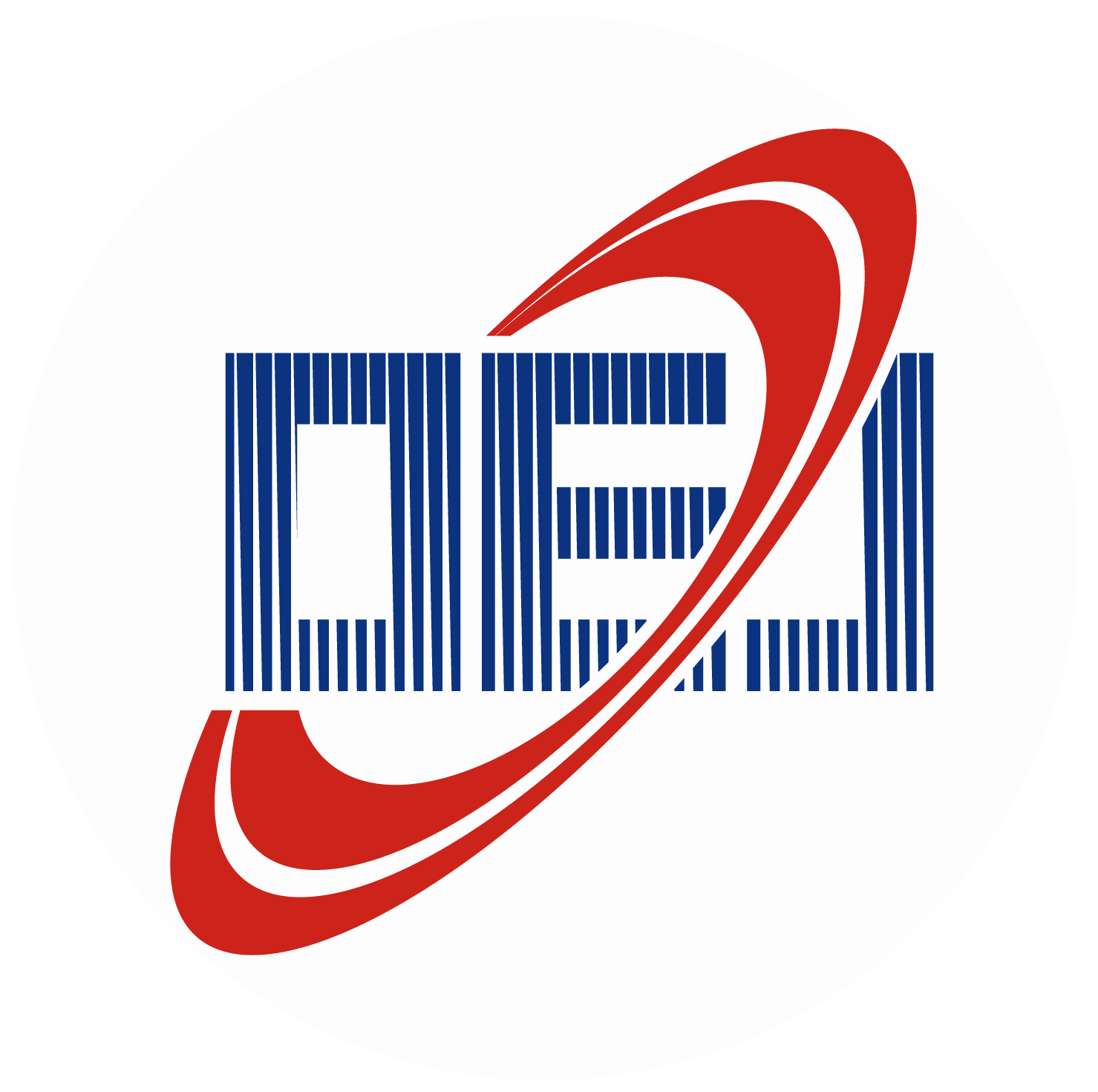-
Abstract
A silver microelectrode with a diameter of 30 µm in an aqueous K2SO4 electrolyte was irradiated with 55 fs and 213 fs laser pulses. This caused the emission of electrons which transiently charged the electrochemical double layer. The two applied pulse durations were significantly shorter than the electron-phonon relaxation time. The laser pulse durations had negligible impact on the emitted charge, which is incompatible with multiphoton emission. On the other hand, the observed dependence of emitted charge on laser fluence and electrode potential supports the thermionic emission mechanism. -



 E-mail Alert
E-mail Alert RSS
RSS


